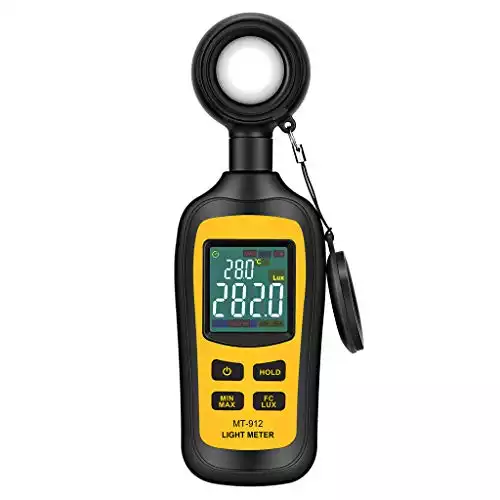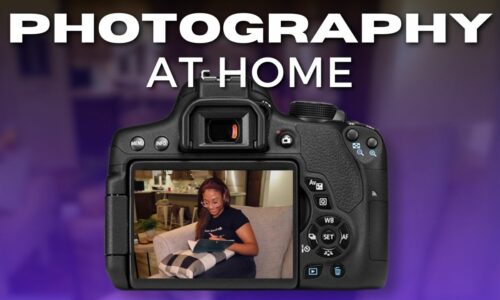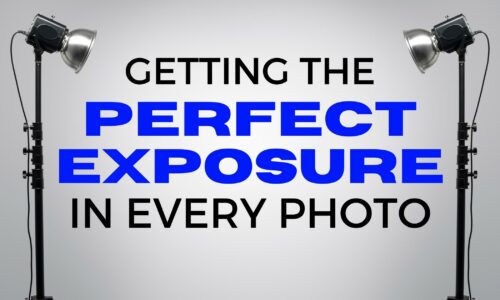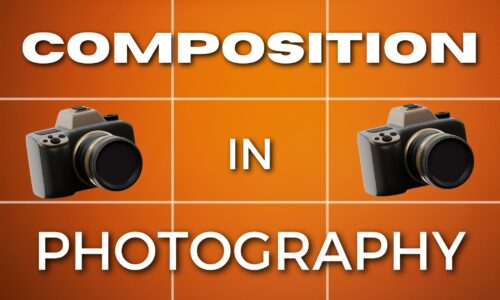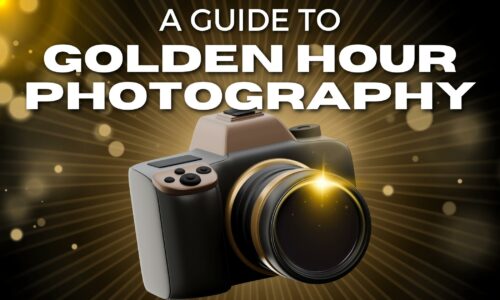Understanding Metering Modes and How They Affect Photos
Have you ever taken a photo only to find they are too bright or dark? I’m sure we’ve all been there, and guess what?
The key to fixing this as a photographer is to learn about metering modes.
I even remember the first time I figured out how to use metering modes correctly. It was like a lightbulb went off – literally and figuratively!
Suddenly, my photos had the right exposure, and those frustratingly dark shadows and blindingly bright highlights were a thing of the past.
So, imagine being able to capture the perfect exposure every single time.
Whether it’s the soft glow of the golden hour or the harsh midday sun. That’s the power of understanding and using metering modes effectively.
And it’s what I’ll be talking about today.
I’ll walk you through the different metering modes, how they work, and when to use them. So by the end of this, you’ll be controlling your camera like a pro and taking perfectly exposed photos with ease. Ready? Let’s go!
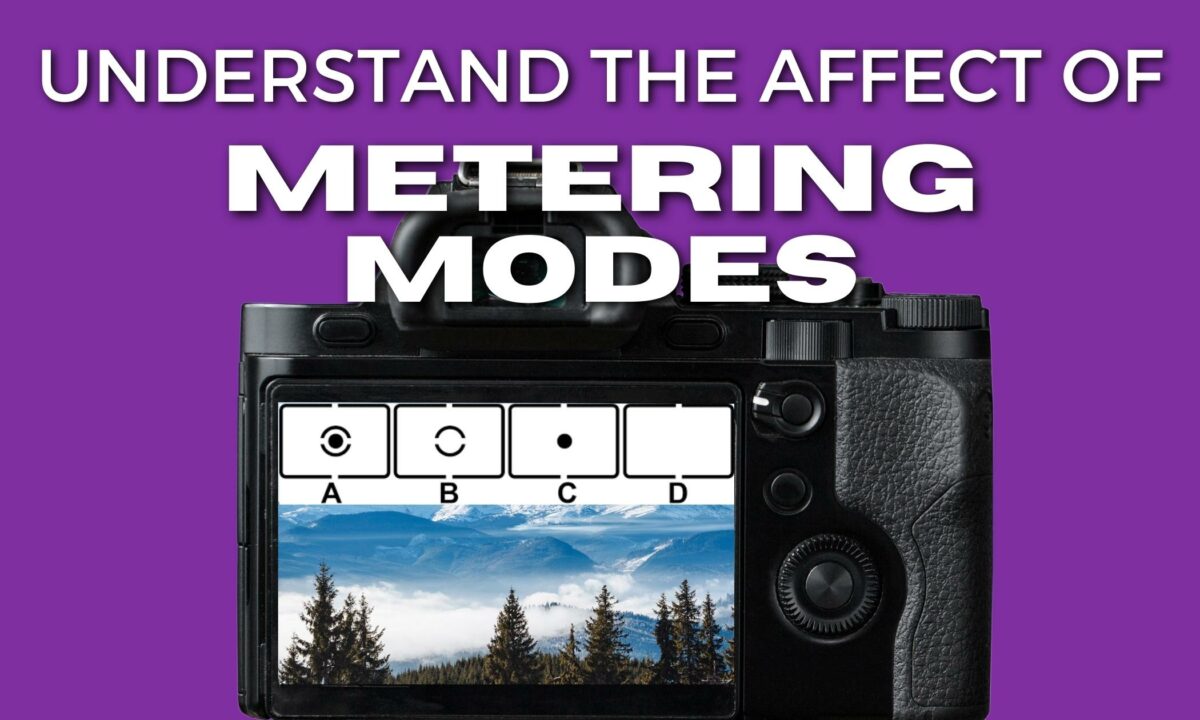
An Overview of Metering in Photography
Before you can master the art of photography, you have to understand how your camera sees light. And metering is important for getting perfectly exposed photos.
The Role of Metering in Exposure
Imagine metering as your camera’s way of squinting at the world.
It assesses the brightness of the light to help you make informed decisions about how to expose your photo.
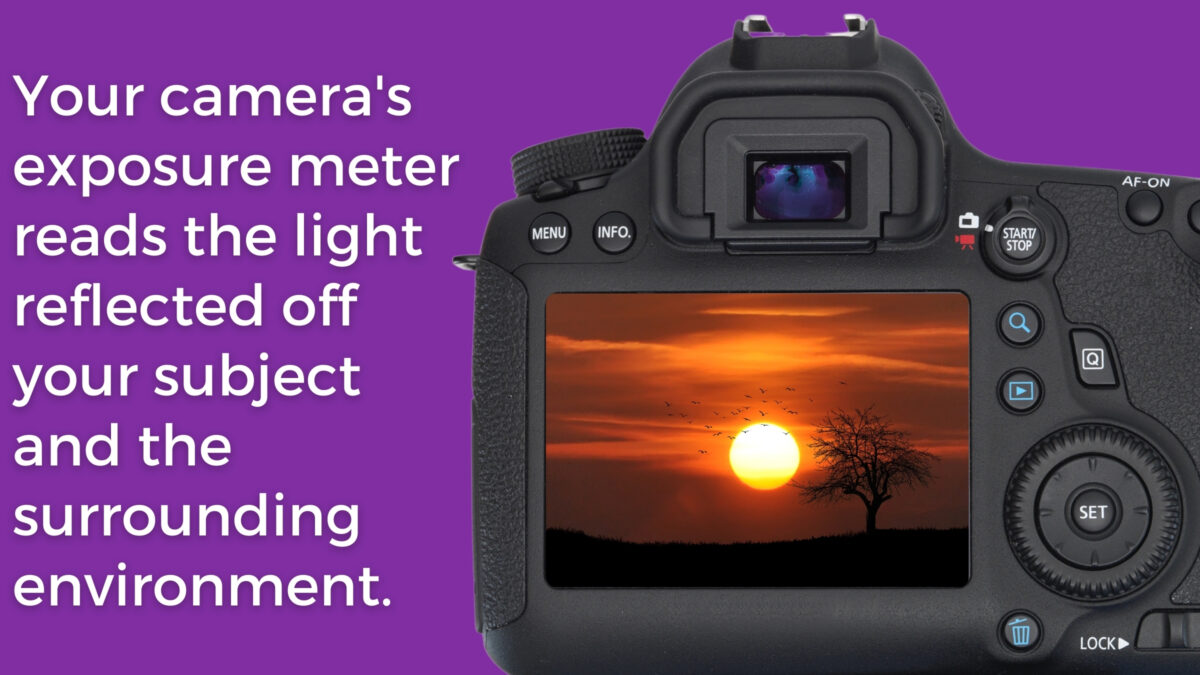
This reflected light is important when deciding the exposure parameters: shutter speed, aperture, and ISO.
And different metering modes prioritize light differently. So, your choice can change an ordinary photo into a great photo depending on the metering mode you’ve used.
You control whether the camera evaluates the entire scene or just a specific part of it, which impacts how shades and highlights are captured.
It’s like your camera wearing sunglasses with different tints.
The metering mode you choose changes how your camera perceives and reacts to light, as it’s aiming for just the right exposure.
Understanding the Light Meter
Your camera’s light meter evaluates either all the light in the scene (ambient light) or just the light hitting your subject (incident light).
Consider these two scenarios:
- Reflected Light Readings: Your camera analyzes the light reflecting off the subject. This is handy, as it’s the same light your lens captures. But beware, objects with different reflective properties can trick your meter.
- Incident Light Readings: Typically measured with a handheld light meter, this assesses the light falling onto the subject, unaffected by the subject’s colors or textures.
Your light meter aims to achieve a “middle gray” exposure, considering the diverse tones ranging from brilliant highlights to the deepest shadows.
But remember, while the camera’s meter is smart, it doesn’t know what you’re aiming to capture, so you’re still the director when taking photos.
The Different Types of Metering Modes
Now, let’s look at those different metering modes.
Matrix or Evaluative Metering
Matrix or evaluative metering is your camera’s most advanced and general-purpose metering mode.
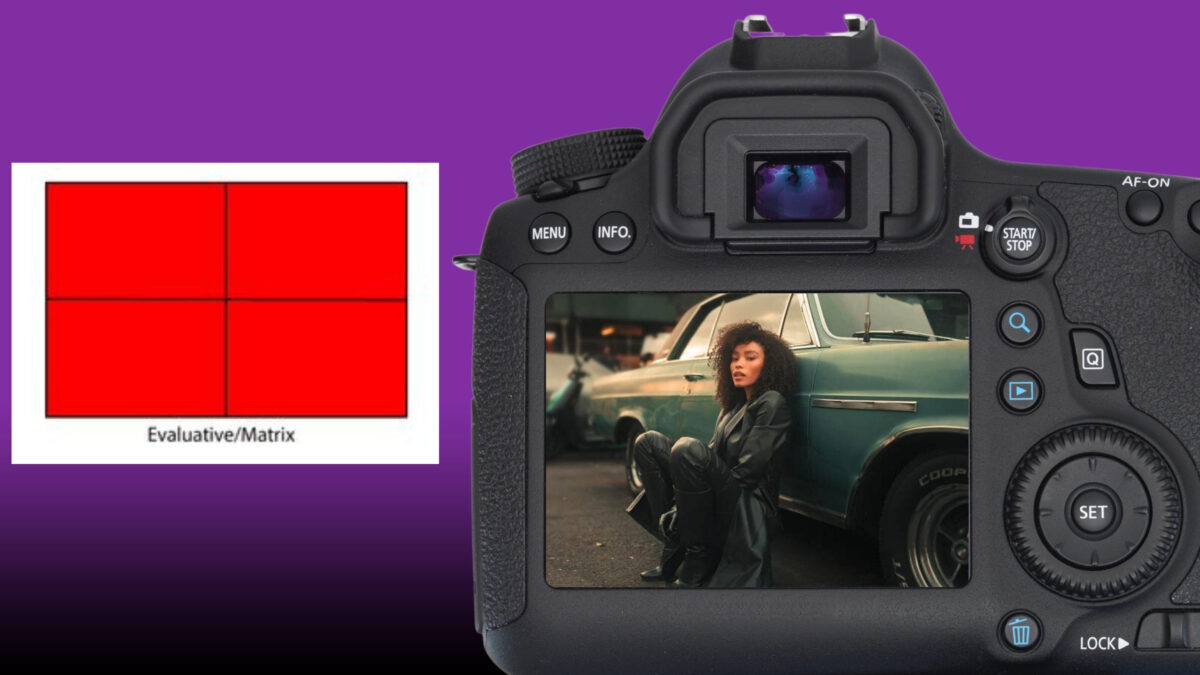
It’s like having a smart assistant inside your camera. It analyzes the entire frame and portions of the scene, often coupled with where your focus point is, to determine the correct exposure for the image.
This mode is particularly useful in tricky lighting conditions where the light varies across the scene.
- Best Used For: Complex lighting situations and general photography
- How It Works: Evaluates light across the frame and chooses optimal exposure based on algorithms
Center-Weighted Metering
As the name suggests, center-weighted metering is sort of a trusted old friend that gives preference to the middle portion of your frame—usually around 60-80% centered around your focus point—and less importance to the edges.
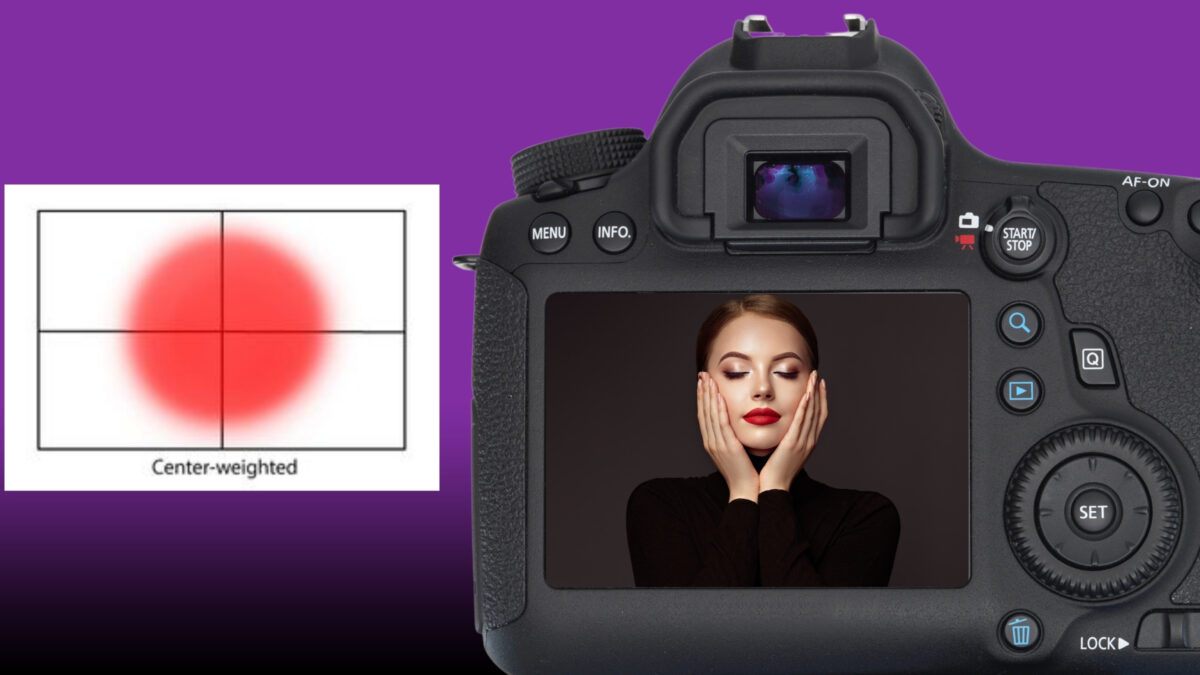
It’s your go-to mode when your subject is centered, and you want it to dictate the exposure.
- Ideal For: Subjects in the center of the frame, portraits, and traditional photographs
- Characteristics: Prioritizes the center of the image and applies less weight to the outer edges
Spot and Partial Metering
Spot metering is like using a laser pointer to tell your camera exactly where to measure the light.
This mode measures a very small area of your frame—typically 2-5%—right around your focus point, providing precision control over the exposure of a specific area of your subject.
Partial metering is similar but covers a slightly larger area—about 6-15% of the viewfinder.
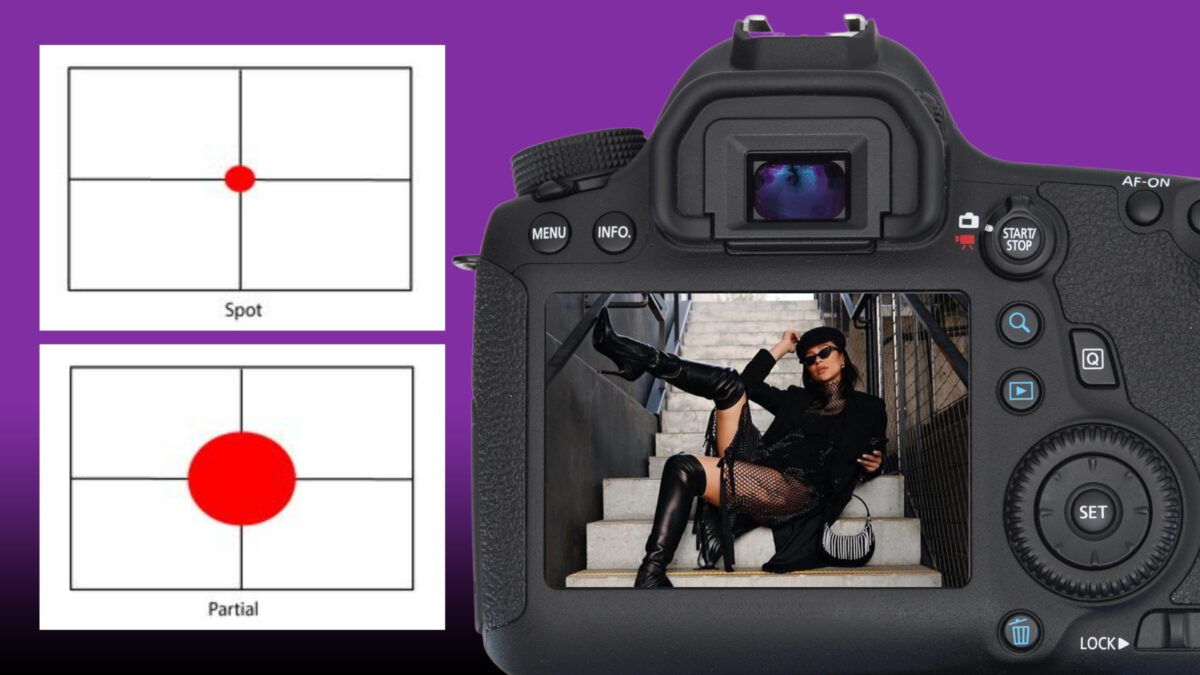
Both of these modes offer a high level of control, especially useful for scenes with high contrast or when photographing subjects against a vastly different background.
- Spot Metering Best For: High-contrast scenes, highlighting a subject against a busy background
- Partial Metering Best For: Still providing spotlight control but with a little more forgiveness in the composition
- Usage Tip: Aim at the most important element of your composition to measure the correct exposure for that area
By knowing and properly using these metering modes, the exposure in your photography will improve. That way, your subjects are always seen in the best light.
When you get a chance, experiment and see the difference each mode makes on your images!
How Metering Modes Affect Your Photographs
Now let’s examine how metering modes affect dynamic range, aperture, and depth of field in photography.
Metering Modes Impact on Dynamic Range
In photography, the dynamic range refers to the range of light intensities, from the darkest shadows to the brightest highlights.
Your camera’s metering mode significantly affects how it interprets this range.
If you shoot in a matrix or evaluative metering mode, the camera takes an average reading from the entire scene which can sometimes lead to high-contrast areas being over or underexposed.
This means in a challenging lighting situation, your metering mode choice can cause you to lose details in your highlights or shadows.
And when you’re capturing scenes with a high dynamic range, like a bright sky against a dark landscape, spot metering allows you to select a small area to base the exposure on.
This can help preserve the details in that critical area. But, this can lead to other parts of the image falling out of the ideal exposure range.
Influence on Aperture and Depth of Field
The metering mode you choose also affects the camera’s suggested settings for aperture, which in turn influences the depth of field.

In portrait photography, for example, you might use center-weighted metering to prioritize exposure around your subject.
This lets you adjust the aperture to achieve a creamy, blurred background and emphasize the focus point while maintaining your subject in sharp detail.
And, in landscape photography, an average metering mode might be preferable because it provides a more even exposure throughout the scene.
This helps a smaller aperture setting, resulting in a greater depth of field, keeping everything from the foreground to the horizon in focus. Metering helps guide these aperture decisions, directly shaping the narrative of your image.
Camera Metering and Lighting Scenarios
When you understand how your camera handles light, you can skillfully manage brightness, color, and contrast to photograph any scene.
Here are a few different lighting scenarios and how different metering modes affect them.
Managing High Contrast Situations
When you’re faced with a scene that has both very bright and very dark areas, like a landscape with a bright sky and shadowed land, this is high contrast.
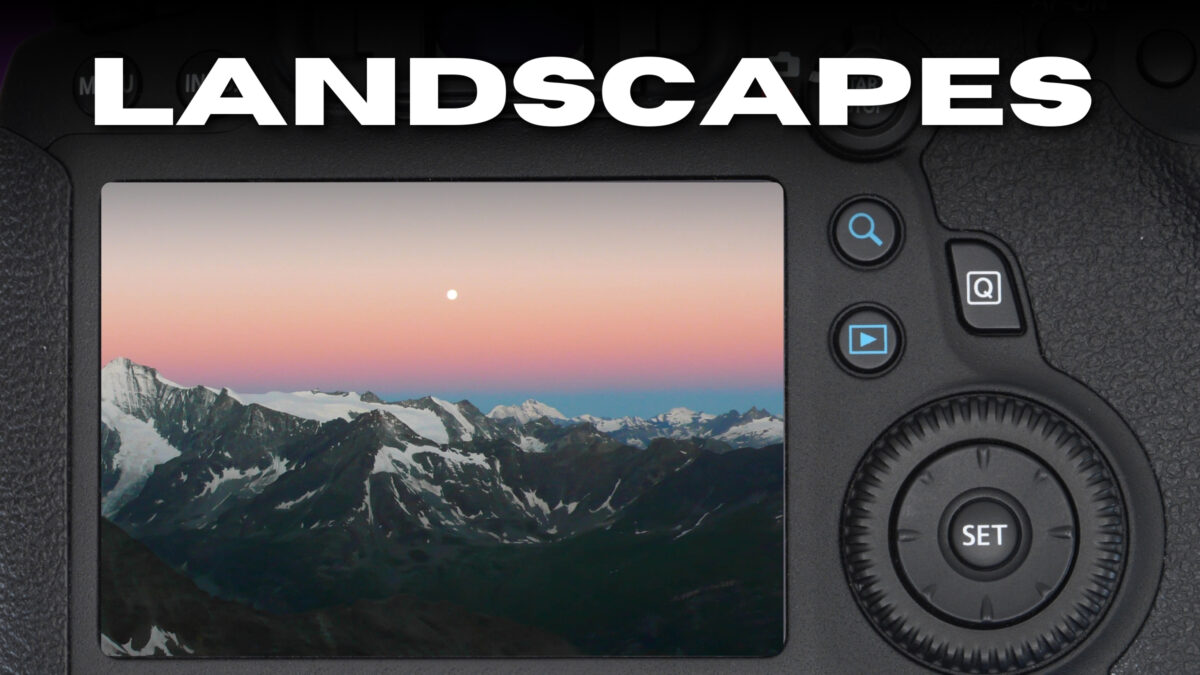
Your camera’s evaluative metering mode (also called multi-segment or matrix) considers different parts of the frame, but it can still be fooled.
You might consider using spot metering to expose either the highlights or shadows, potentially preserving details in the important area.
The trick is to decide which detail is more important, such as the glow of the sky or the mystery in the shadows.
Metering for Dark Scenes and Low Light
When the sun dips below the horizon, or you’re capturing the ambiance of a dimly lit room, your camera’s metering system needs a nudge in the right direction.
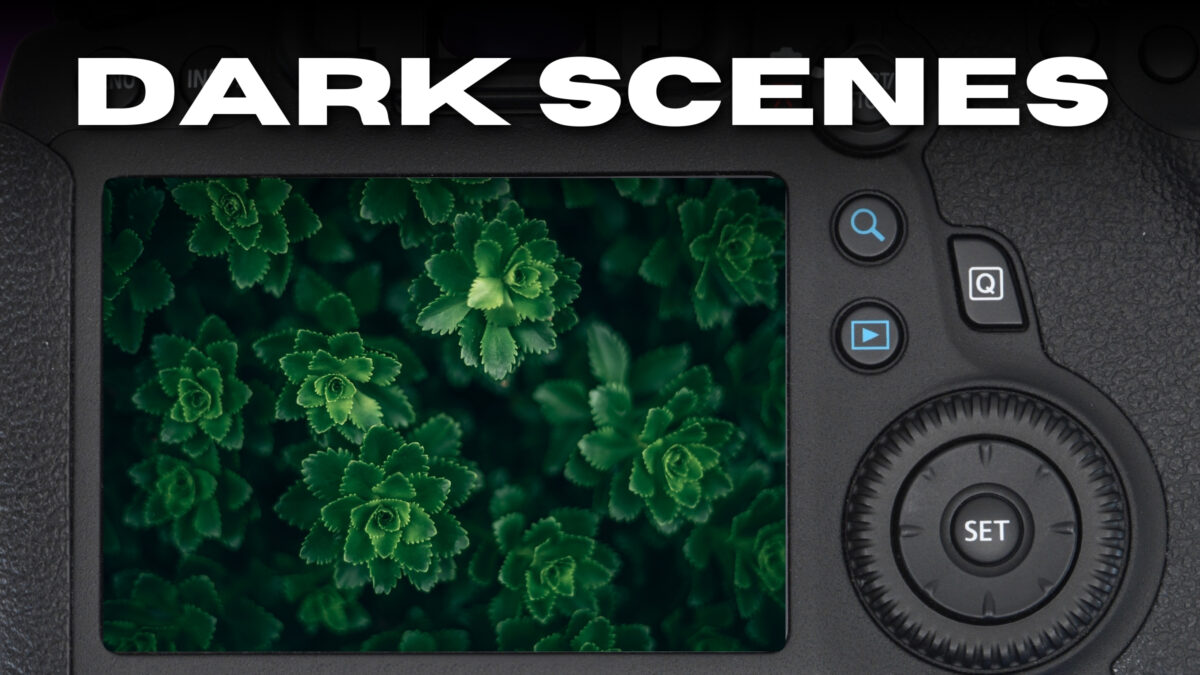
Choose center-weighted metering to prioritize the middle of your frame, usually where your subject is. Increase your ISO setting with care, as it will increase the sensitivity of your DSLR’s sensor to ambient light, brightening your image but also adding potential noise.
And use the darkness to your advantage. Like shadows.
Shadows create mood and depth, especially in black-and-white photography.
Conquering Bright and Backlit Environments
In situations where brightness overwhelms the subject, as when you’re shooting against the sun, backlit conditions can lead to underexposed subjects.
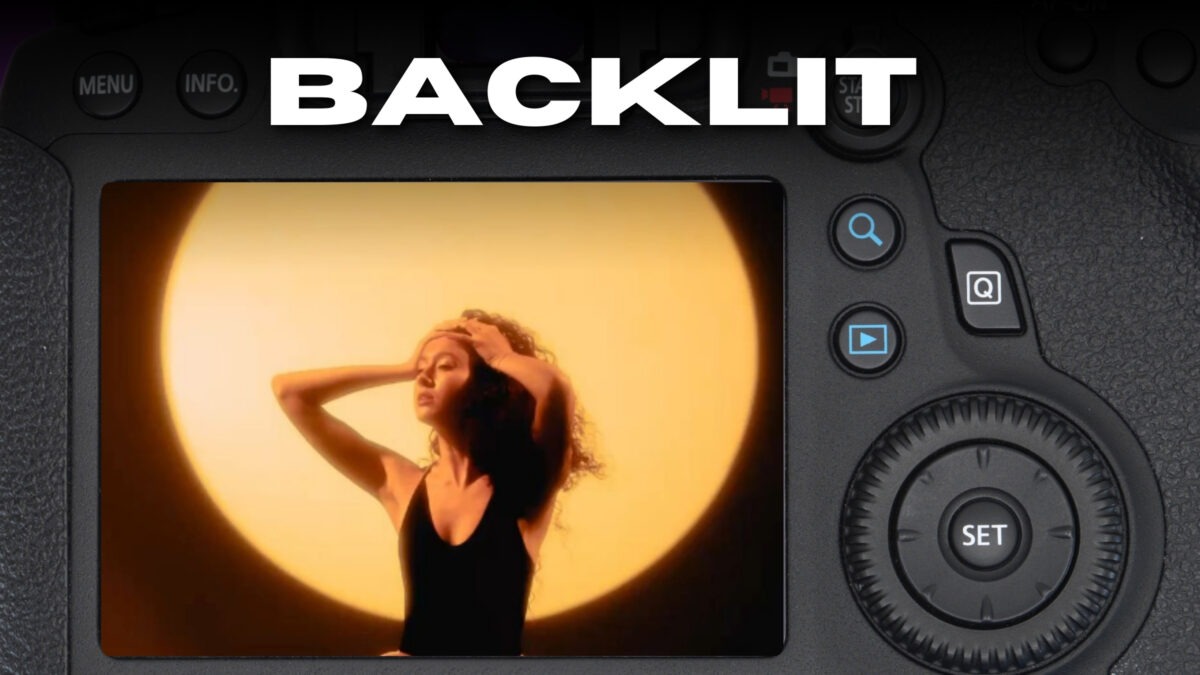
Using spot metering allows you to expose the subject, letting the background blow out if necessary. This prioritizes your subject’s exposure over the entire scene.
Alternatively, exposure compensation allows you to manually override the camera’s suggested settings, giving you the ability to darken or brighten the photo as needed without switching metering modes.
But watch for silhouettes unless that’s what you’re photographing when the light is behind your subject.
Metering Tips for Different Photography Genres
Whether you’re painting with natural light in landscapes, honing in on the subtleties of a face in portraiture, or playing with shadows and highlights in black-and-white photography, your choice of metering mode matters.
Portrait Photography Suggestions
For portrait photography, your goal is often to illuminate your subject’s features, accentuating their best while keeping the true skin tone.

Use evaluative metering mode if the lighting condition is uniform, as it considers the entire frame and works well for most situations.
But, in harsh lighting, switch to spot metering.
That way you can expose the face and guarantee that your subject’s facial expressions are the star of the show.
- Outdoor Portraits: Use evaluative metering to handle the dynamic range but be ready to switch to spot metering when the sun decides to play hide and seek with the clouds.
- Indoor Portraits: Artificial lighting can fool your camera’s sensor, so here, spot metering can be particularly useful to get your subject perfectly exposed against a less important background.
Landscape Photography Insights
If you’re a landscape photographer, the drama of light and color can be vast and varied.
Start with evaluative metering mode since it’s designed to read the exposure from the entire scene, balancing the sky and the land.
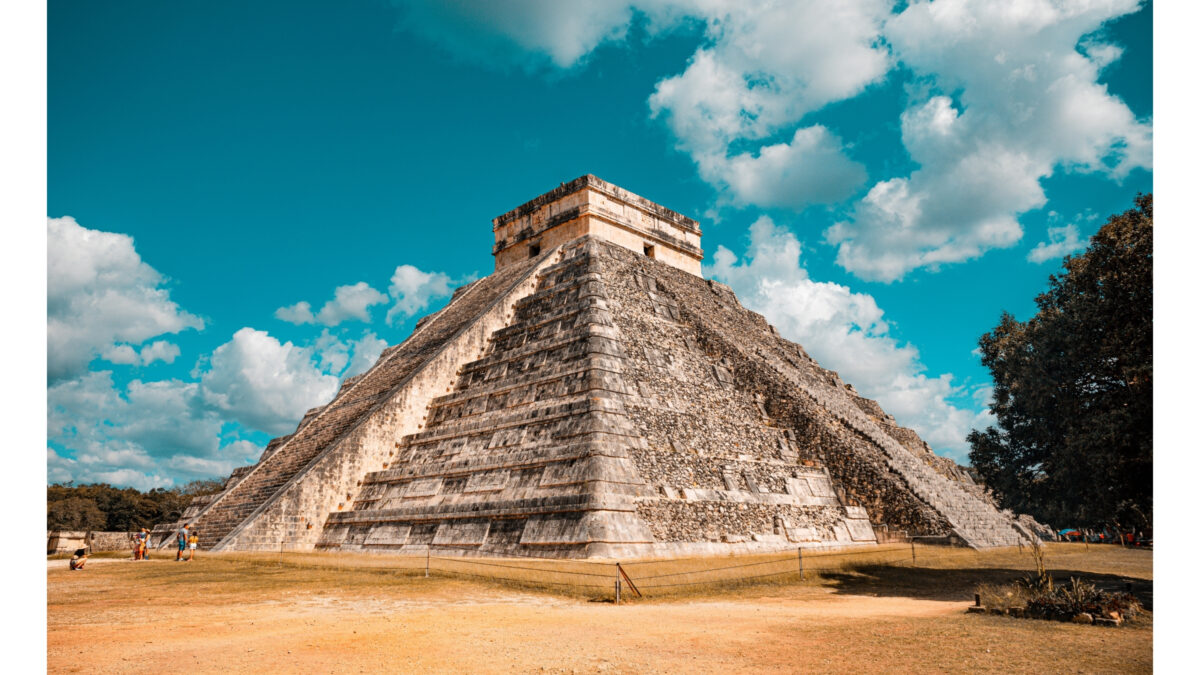
But don’t shy away from center-weighted metering when you want to prioritize the exposure in the center of the image, which works great for sunsets or when the horizon is most important.
- Wide Scenes: With evaluative metering, you’re likely to nail the exposure, but you might need to override it with exposure compensation when dealing with tricky light.
- Focused Landscapes: If your scene has a prominent subject like a tree or a boulder, consider center-weighted or spot metering to ensure it’s not lost in the vastness.
Taking Vibrant Black and White Photos
Black and white photography thrives on contrast, where the relationship between light and dark tells the visual story.
Here, spot metering gives you the power to focus on a key detail, like the sparkle in someone’s eye or a shadow defining a shape.
And in broader scenes, center-weighted metering helps maintain the interplay between light and shade.
- High Contrast Scenes: Spot metering helps emphasize textures and forms, crucial in black and white, allowing you to ensure that the elements that matter most have the right exposure.
- Intimate Frames: If you’re capturing a close-up where the interplay of light and shadow is the narrative, spot metering mode lets you precisely control what feature stands out.
Advanced Metering Techniques
As you go from a beginner to a professional photographer, understanding advanced metering techniques is required. These methods extend beyond the basic metering modes on your camera and offer precision and adaptability in complex lighting situations.
Working with Handheld Light Meters
A handheld light meter is an external device distinct from your camera’s built-in meter.
It measures incident light, which is the light falling on the subject rather than reflecting off of it. This can lead to more accurate exposure settings because it’s unaffected by the subject’s reflectivity.
Here’s how to use one effectively:
- Position the meter near your subject pointing toward the camera or the light source.
- Take the reading which will suggest the optimal shutter speed and aperture for a balanced exposure.
- Set your camera manually based on the meter’s suggested settings.
Handheld meters are especially useful in tricky lighting or when shooting with film cameras that might not have sophisticated built-in meters.
Understanding Zone Metering
Zone metering revolves around the concept that most scenes can be broken down into different zones ranging from pure black to pure white.
A well-known standard for these zones is the 18% grey, which represents the average reflectance of a scene that your camera’s meter interprets as a middle grey. Here’s how to use a gray card:
- Identify the key areas in your scene and decide which zone they belong to.
- Use a gray card to give your camera a point of reference for 18% grey.
- Determine the exposure for that zone. Then adjust your settings to place your subject in the desired zone for correct exposure.
This technique takes practice but gives you careful control, especially when paired with spot or partial metering on your camera.
Both can be used to measure a specific spot and apply that reading to the zone system for precision.
FAQs
What are the differences between spot, matrix, and evaluative metering techniques?
In Spot Metering, your camera measures light from a very small area—think of it as looking through a keyhole. Matrix Metering, often called Evaluative Metering on Canon cameras, is like taking a step back and viewing the entire scene, calculating exposure from various points. Matrix is a jack of all trades, balancing the entire scene’s lights and darks.
How do I select the most appropriate metering mode for a given photography situation?
Imagine you’re painting a canvas. For detailed work, you’d choose a fine brush—that’s your Spot Metering. For broad strokes, applying a general sense of light and dark, Matrix or Evaluative mode is your larger, fluffier brush. Look at your scene, consider the light, and ask yourself if you’re painting broad strokes or fine details.
Can you explain how each metering mode impacts the exposure of my photographs?
Your camera’s metering mode is like a discerning chef tasting a dish; it determines if the recipe of light in your photo needs adjusting. Spot Metering adds seasoning only to where the chef tastes, affecting a specific portion of your image. Matrix/Evaluative Metering tastes the whole dish and adjusts the seasoning evenly across the entire meal.
When should I preferentially use spot metering over other metering modes?
Use Spot Metering when your subject is lit differently than the background, like a spotlight on a singer in a dark room. It’s like shining a flashlight on what’s important, ensuring that a single area is exposed perfectly, even if the background turns too dark or too bright.
In what scenarios is matrix or evaluative metering mode considered to be the most effective?
Matrix or Evaluative Metering is ideal for general photography where lighting is consistent across the scene, from landscapes to portraits in even light. It’s like having a smart assistant who assesses the whole room to make sure everything is well lit.
